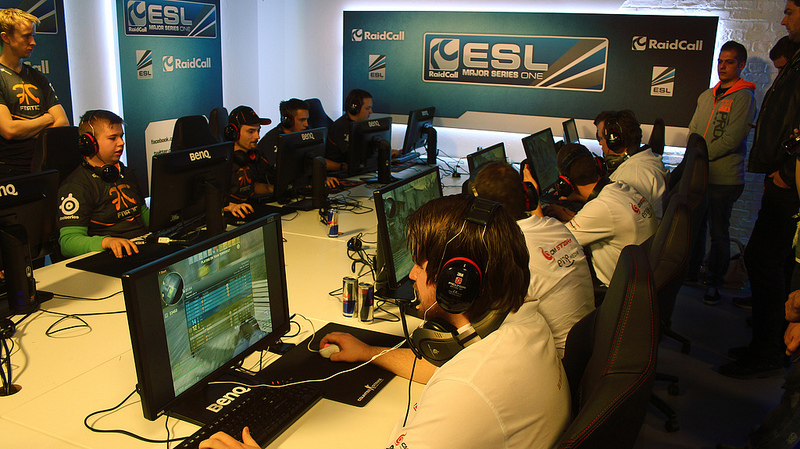BFN Lab: Insights and Innovations
Explore the latest trends and insights in technology, science, and innovation at BFN Lab.
CS:GO Pro Tournaments: The Unseen Drama Beyond the Screens
Uncover the intense rivalries, betrayal, and behind-the-scenes drama of CS:GO pro tournaments that the cameras never capture!
Behind the Scenes: The Untold Stories of CS:GO Pro Tournaments
Counter-Strike: Global Offensive (CS:GO) has transformed from a beloved pastime to a global phenomenon, captivating millions and spawning some of the most competitive tournaments in esports history. Behind the glitz and glory of these events lies a web of untold stories that reveal the passion and dedication of the players. Many fans may not be aware that the road to the championship is often fraught with challenges that test an athlete's resolve. From grueling training sessions that stretch late into the night to the intricate dynamics of team interactions, each player's journey is unique and filled with unforgettable moments.
In addition to the emotional and psychological challenges, the logistical aspects of organizing a CS:GO tournament are equally fascinating. Event organizers work tirelessly to secure venues, coordinate schedules, and ensure seamless broadcasts for global audiences. For instance, many professional teams arrive days before the tournament begins to acclimate to the venue and build rapport as a unit. This behind-the-scenes effort is crucial for a smooth experience, yet it often goes unnoticed by fans caught up in the excitement of the matches. These hidden stories reveal the intricate balance of teamwork and strategy that extends far beyond individual skill, emphasizing the community spirit that brings everyone together in the world of esports.

Counter-Strike is a popular first-person shooter game that has captivated players with its intense team-based gameplay. Players can enhance their experience by collecting various cases that allow for unique weapon skins and customization options. The competitive scene of Counter-Strike continues to thrive, with tournaments attracting millions of viewers worldwide.
How Team Dynamics Influence Performance in CS:GO Championships
Team dynamics play a crucial role in determining performance in CS:GO championships. Teams that exhibit strong interpersonal relationships often find themselves more successful, as effective communication and collaboration can significantly enhance strategic execution. Players who trust one another are more likely to share valuable insights about gameplay, ultimately leading to better decision-making in high-pressure situations. Furthermore, a solid team dynamic fosters a positive atmosphere, which can improve motivation and morale, driving players to perform at their peak during crucial matches.
In addition, team dynamics influence how roles and responsibilities are defined within the squad, impacting individual performance levels. Clear role delineation allows each player to focus on their strengths and contribute to the team's overall strategy. For example, having designated players for entry fragging, support, and awping can ensure that team members are maximizing their potential during a match. Ultimately, teams that prioritize building and maintaining strong dynamics are more likely to thrive in CS:GO championships, making them formidable contenders in the competitive landscape.
What Happens After the Match? Exploring the Life of a CS:GO Pro Player
After the final round of a CS:GO match, there is often a flurry of emotions as players process their performance. For many professional players, the immediate aftermath includes a debriefing session with their team. During these discussions, players analyze key moments of the game, identifying what strategies worked and what fell short. Coaches play a pivotal role in this process, guiding the discussions and helping players reflect on their individual and team play. Assessing their performance critically can lead to significant improvements in future matches.
Beyond the game itself, the life of a CS:GO pro player involves maintaining an online presence, often interacting with fans through platforms like Twitch and Twitter. These players need to stay current with the evolving meta and maintain their physical and mental health. Regular practice, exercise, and downtime are essential to sustain peak performance levels.